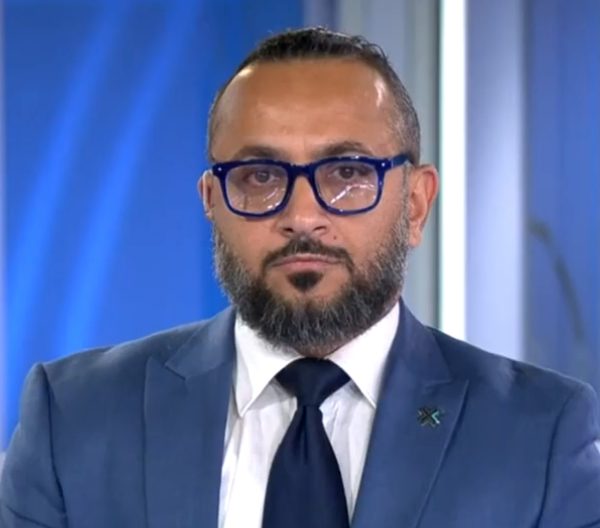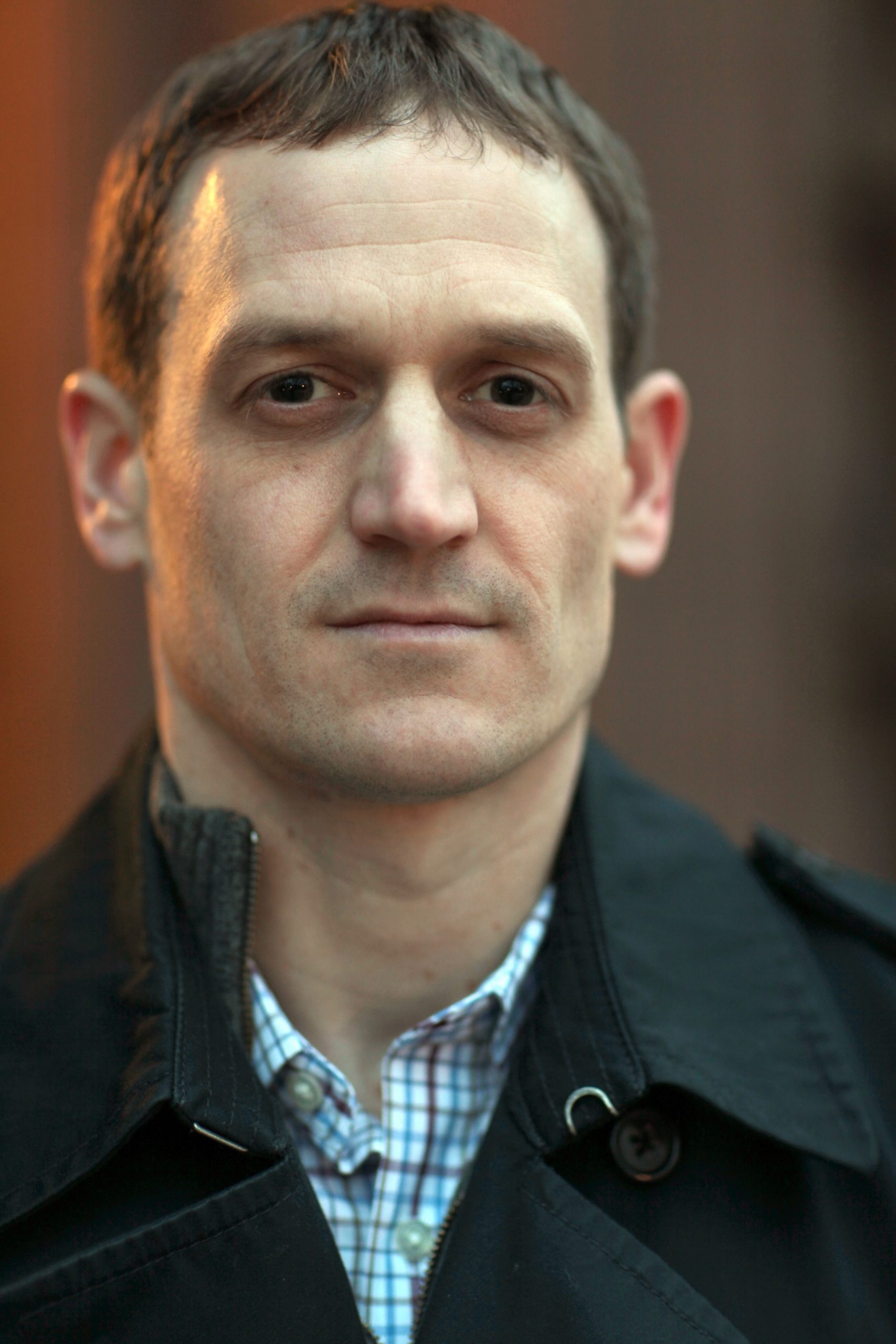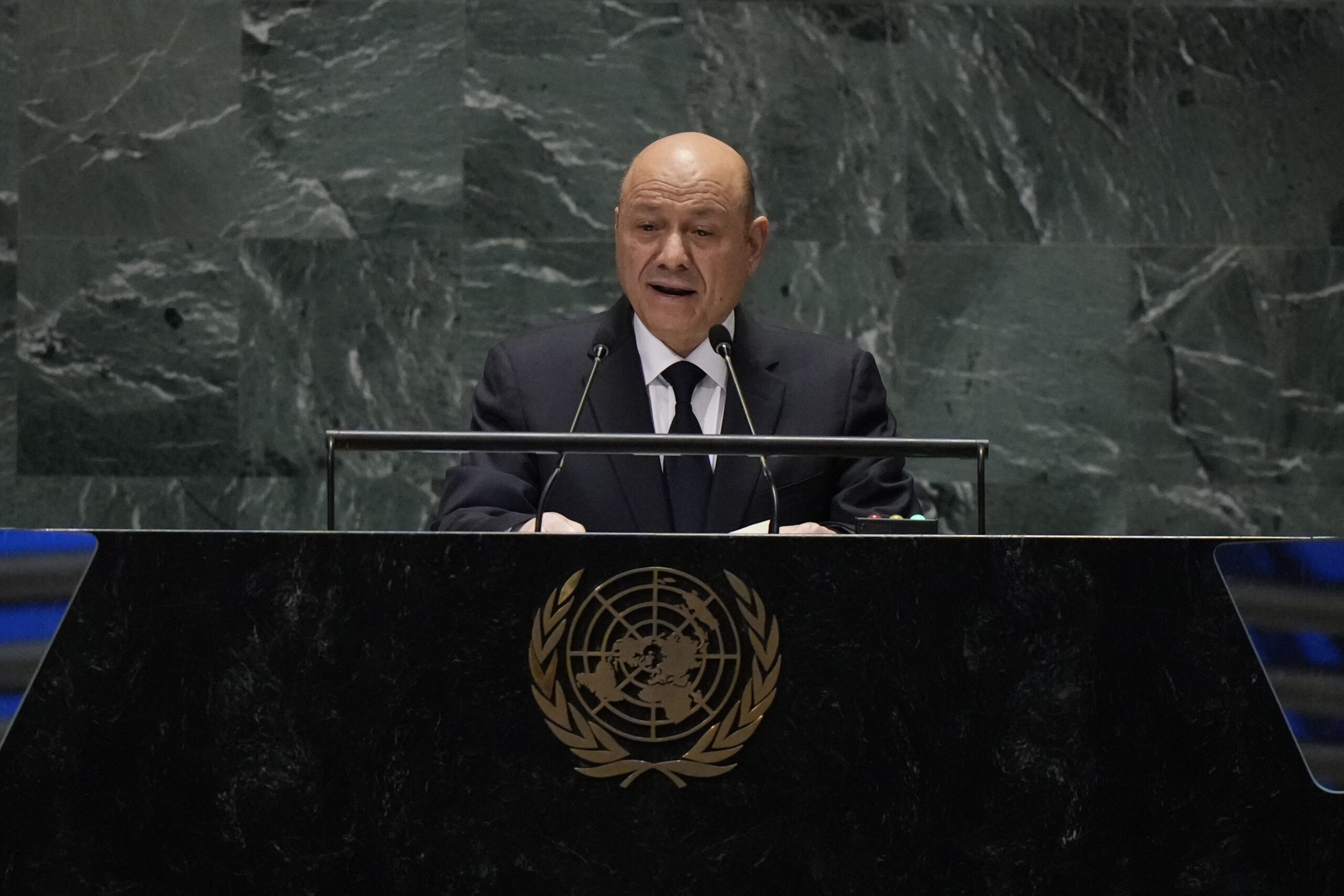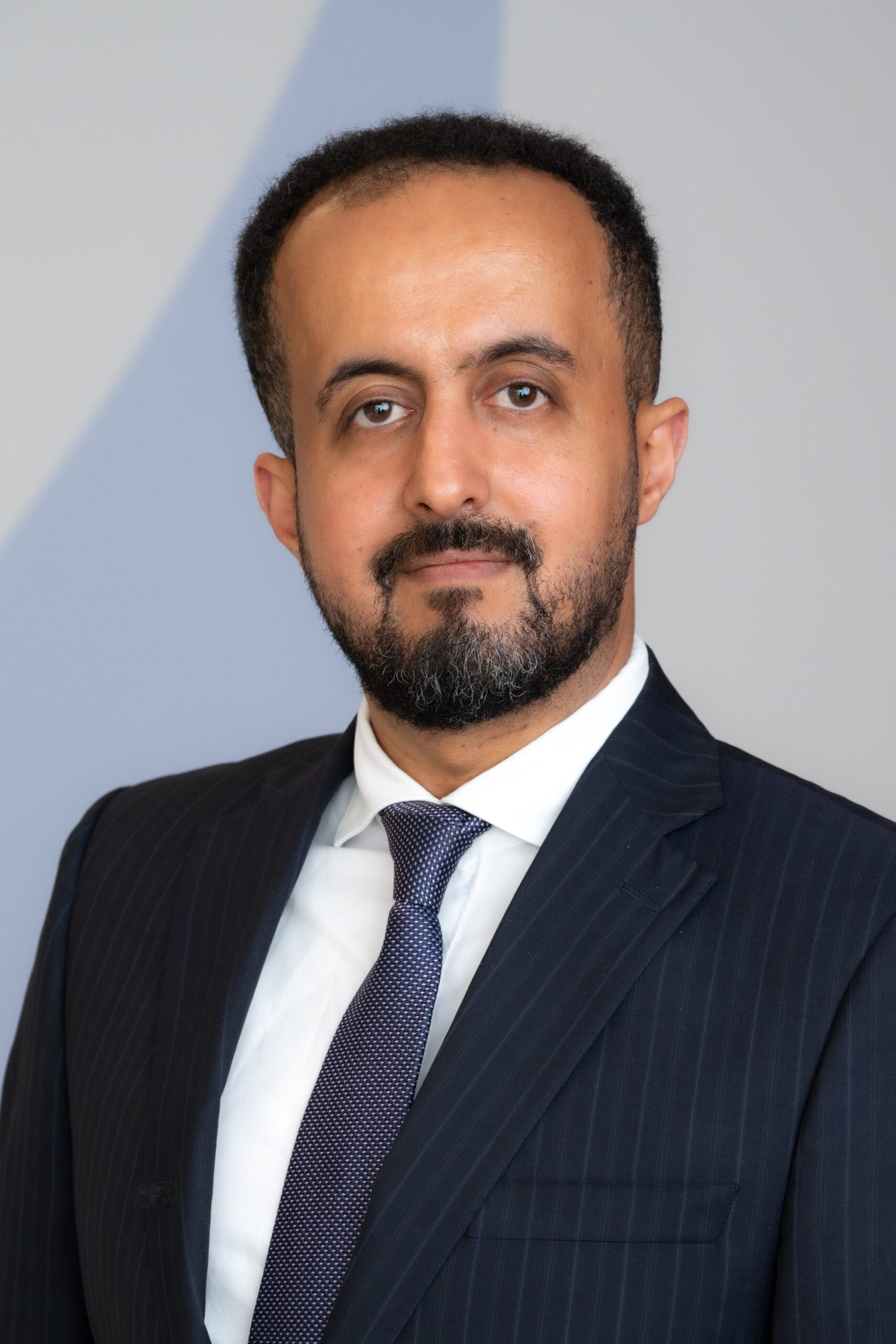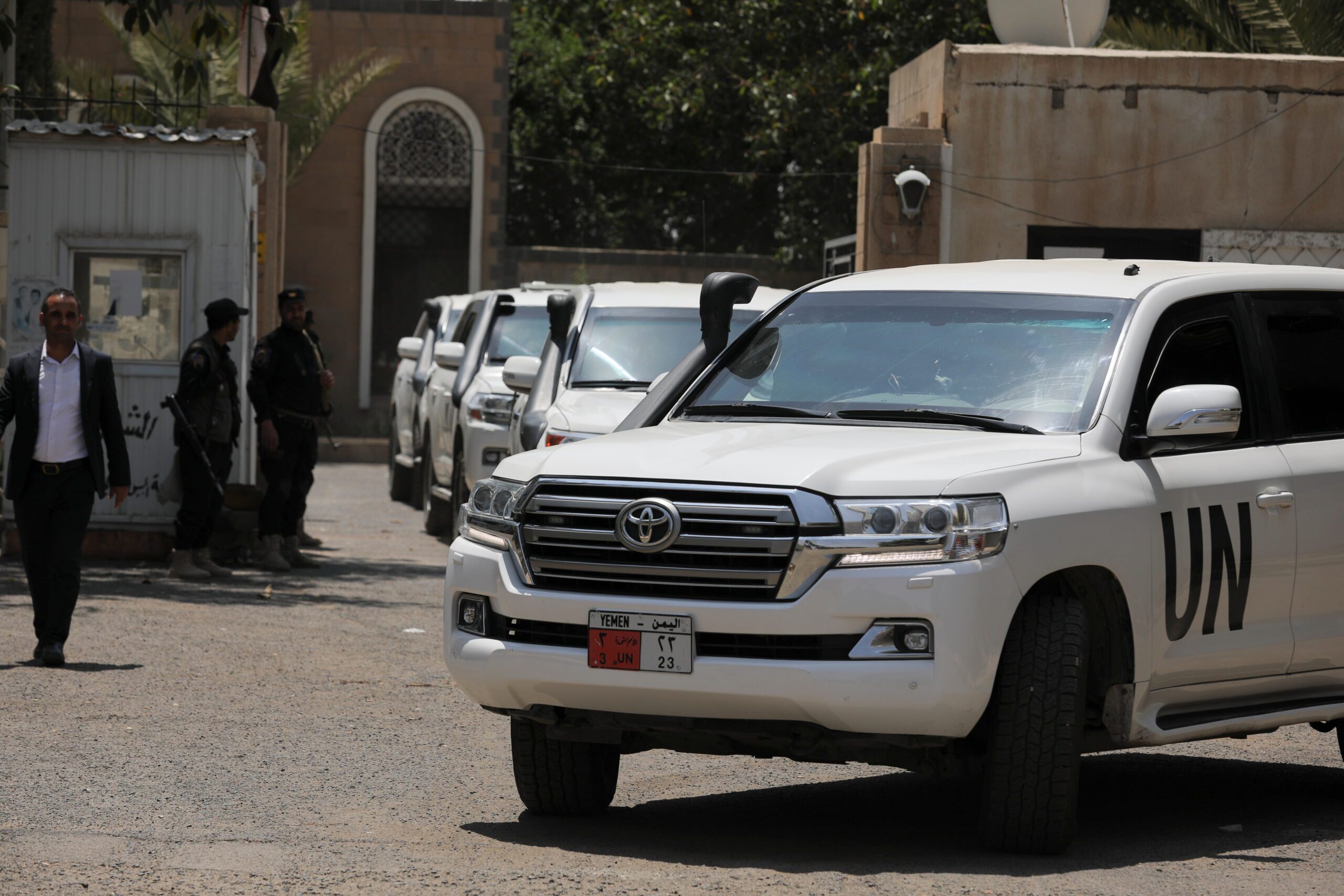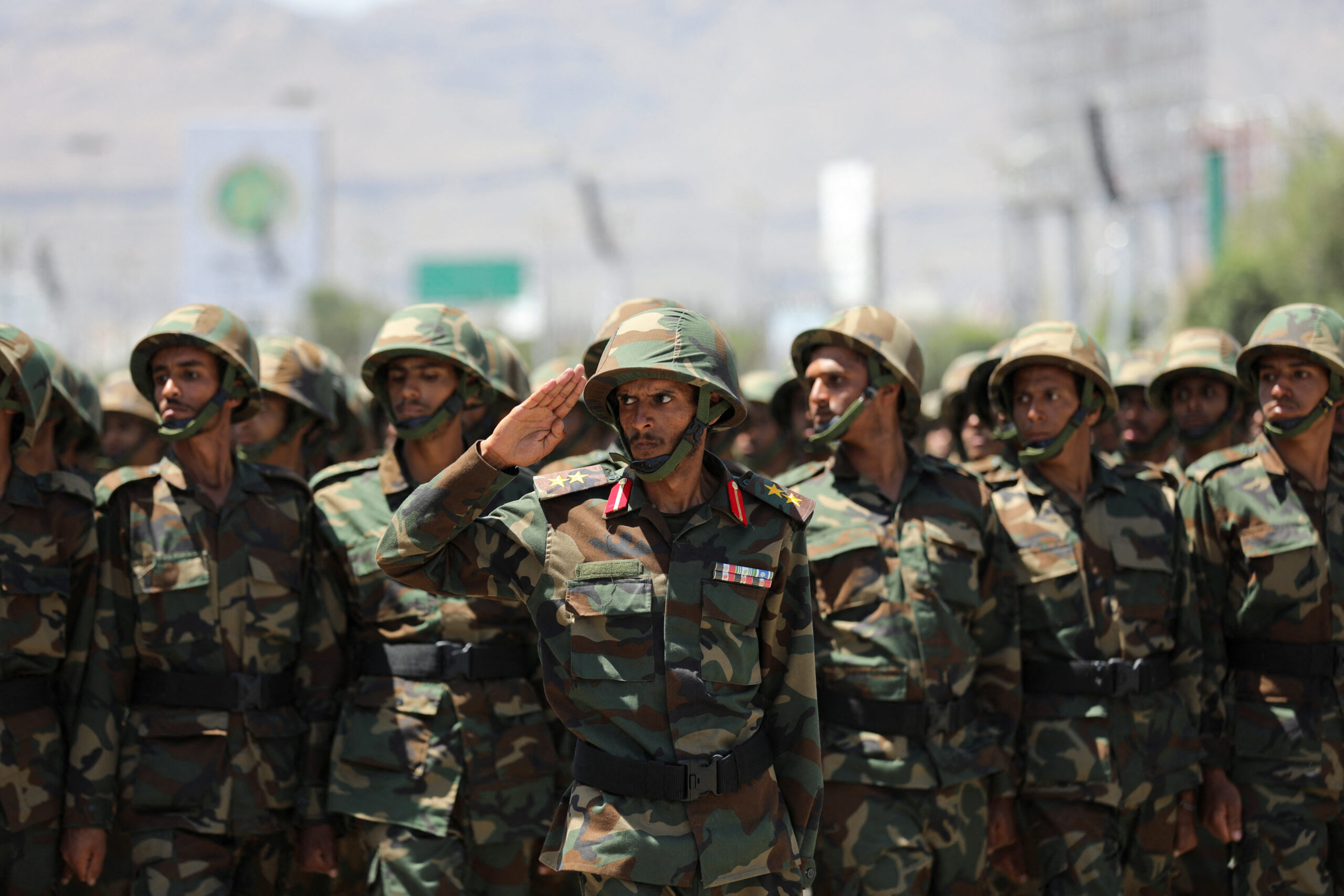Yemen’s Presidential Leadership Council Teeters on Collapse
Negotiations in Riyadh will determine whether the Presidential Leadership Council emerges as a functional governing body or dissolves into a symbol of Yemen’s enduring divisions.
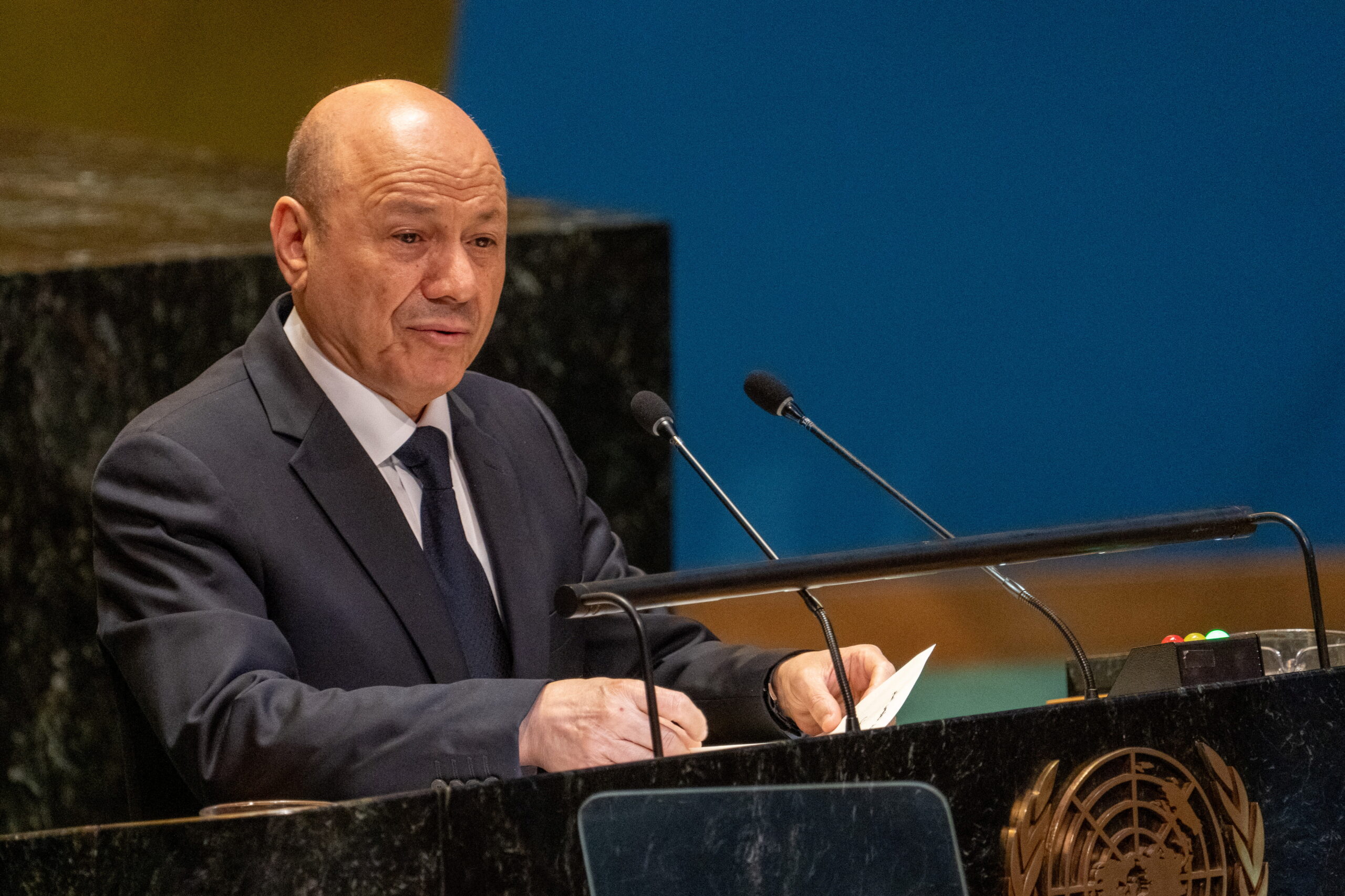
Yemen’s Presidential Leadership Council, which serves as the collective leadership of the United Nations-recognized government, has reached its most critical point since its formation in April 2022. The council, created under Saudi and Emirati sponsorship to unify Yemen’s diverse anti-Houthi factions, is now deeply divided over power sharing, decision making, and control of resources. Riyadh is holding talks among the members of the council aimed at resolving these disputes. But, at the same time, they could trigger a political rupture and alter Yemen’s fragile transitional process. President Rashad al-Alimi is expected to meet with Aidarous al-Zubaidi, vice president of the Presidential Leadership Council and leader of the Southern Transitional Council, in what could be a decisive first step toward determining whether the Presidential Leadership Council can remain intact. While not all members are currently in Riyadh, several are en route, while others are waiting to see the outcome of the initial discussions before committing to attend.
The Presidential Leadership Council was formed to replace the presidency of former President Abd Rabbu Mansour Hadi, who transferred his powers to the eight-member body as part of a broader effort to unite Yemen’s anti-Houthi coalition. Its members represent Yemen’s main political factions and armed groups, including Southern separatists, Salafi groups, resistance forces, and tribal blocs. For the past three years, however, the council has been paralyzed by internal rivalries, with meetings frequently stalled and key reforms, such as diplomatic appointments, local governance changes, and economic measures, repeatedly delayed. These divisions have eroded public trust and undermined the fight against the Houthis, who continue to consolidate control in northern Yemen.
At the center of the current crisis is a sharp dispute between President Rashad al-Alimi and a bloc of four influential council members: Aidarous al-Zubaidi, Abd al-Rahman Abu Zaraa al-Mahrami, Tariq Saleh, and Faraj al-Bahsani.
This bloc of four council members has publicly demanded an end to unilateral decision making and greater adherence to the principle of collective responsibility enshrined in the original transfer of power. Their statements over recent weeks have emphasized the need for a clear mechanism to govern voting, appointments, and the distribution of resources, warning that failure to address these issues risks destabilizing the entire transitional process. This bloc represents a significant balance of United Arab Emirates-backed military and political power on the ground, especially in southern and western Yemen, where the Southern Transitional Council, Salafi fighters, and the National Resistance Forces hold sway.
The three remaining members of the Presidential Leadership Council, Abdullah Alimi Bawazir, Othman Mujali, and Sultan al-Arada, have not released any public statements or taken explicit positions on the matter. However, it is widely assumed that they are aligned with or supportive of Alimi. This group is more closely aligned with Saudi Arabia than with the UAE, and this four-against-four split has created a deadlock that poses serious risks at this critical moment.
One of the biggest challenges facing Alimi, Bawazir, and Mujali is their lack of loyal armed forces on the ground, unlike other council members who command forces in southern, eastern, and western Yemen. Furthermore, the Southern Transitional Council, as the de facto power in Aden, the temporary capital of the U.N.-recognized government of Yemen, has expressed beliefs it deserves a larger share of influence and resources than the others.
Alimi, for his part, has resisted attempts to dilute his authority, particularly over diplomatic and military appointments, which he views as his exclusive prerogative under the constitutional amendment that created the Presidential Leadership Council. His opponents accuse him of monopolizing decisions and sidelining other council members, a dynamic that has left the body unable to meet for more than five months. In response to what it has called deliberate obstruction, the Southern Transitional Council recently issued a series of unilateral appointments to key Southern government positions, bypassing Presidential Leadership Council procedures and escalating tensions. Supporters of Alimi argue that the Southern Transitional Council and its allies are effectively staging a quiet, bloodless political coup against him to consolidate their power, as they hold the dominant influence on the ground in Yemen.
Two main scenarios now dominate the diplomatic forecasts for Riyadh. The first and more optimistic scenario envisions Alimi agreeing to the demands of Zubaidi, Mahrami, Saleh, and Bahsani, paving the way for a new framework of shared authority. This would involve the adoption of bylaws that clearly define decision-making processes, voting mechanisms, and equitable distribution of resources. This would help rebuild trust among council members, providing a stable foundation for advancing political and economic reforms and coordinating efforts to combat the Houthis. This would mean that Alimi, Zubaidi, and Arada would attend the 80th session of the United Nations General Assembly together for high-level meetings, engage with global leaders, and signal unity to the international community.
The second scenario, however, is far more fraught. Should negotiations fail, the Presidential Leadership Council could descend into a deeper political deadlock, prompting regional sponsors to consider structural changes to the council itself. Among the options reportedly under discussion are reducing the council to five members, appointing a Southern vice president alongside two Northern vice presidents, or rotating the council’s leadership to prevent the concentration of power in any single figure. Some factions and regional governments have even floated the idea of appointing an entirely new president from outside the current members, a move that would dramatically reshape Yemen’s political landscape.
The stakes are high. A cohesive outcome in Riyadh would provide a road map for stabilizing the government and enabling it to deliver basic services, strengthen the economy, and unify the military effort against the Houthis. Conversely, a failed dialogue could trigger fragmentation within the anti-Houthi coalition, risking open conflict among rival factions and accelerating the collapse of the government. For now, all eyes are on the initial meeting between Alimi and Zubaidi, which will set the tone for the negotiations that follow. The coming days will determine whether the Presidential Leadership Council emerges as a functional governing body or dissolves into a symbol of Yemen’s enduring divisions.
The views represented herein are the author's or speaker's own and do not necessarily reflect the views of AGSI, its staff, or its board of directors.
